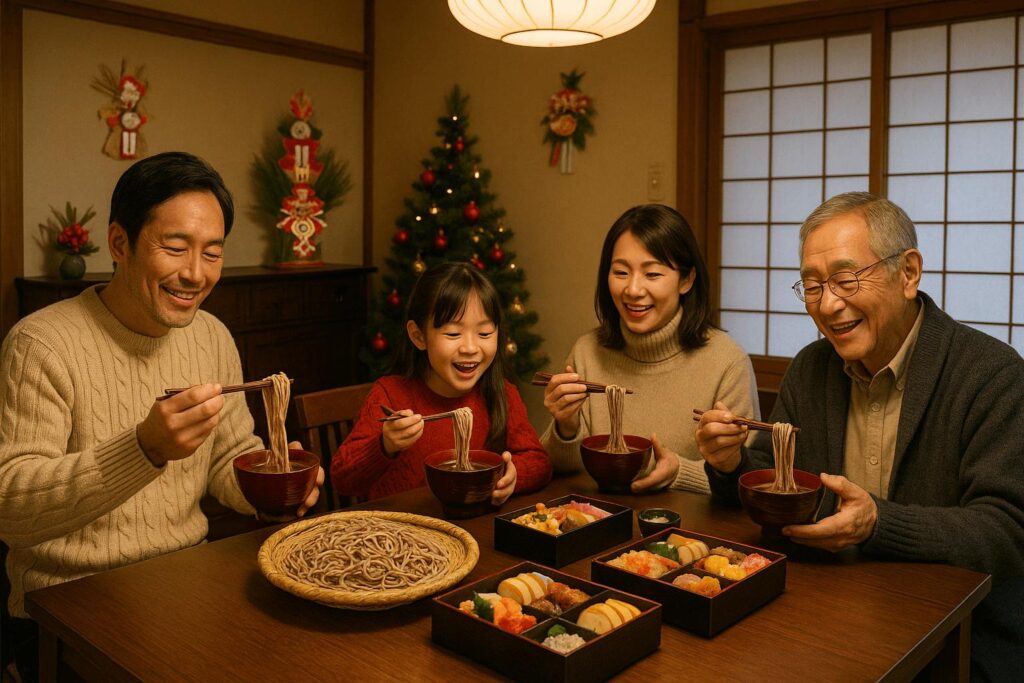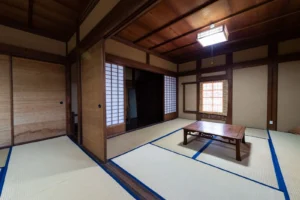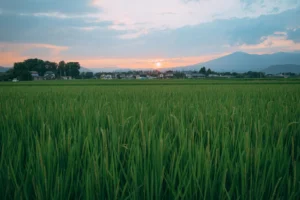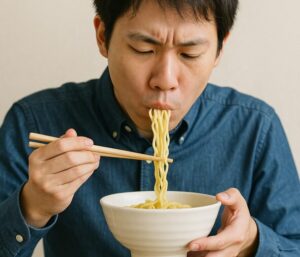Last Updated on 2025年8月3日 by Kenty
If you’re planning a trip to Japan or simply love Japanese cuisine, chances are you’ve heard of soba—thin, flavorful noodles made from buckwheat flour.
While ramen and sushi often steal the spotlight, soba has a unique place in Japanese history and daily life.
In this article, you’ll not only discover the origins of soba noodles, but also learn where to try them.
(👉 If you’re a foodie traveler, don’t miss our guide on Best Budget Meals in Tokyo.)
🌾 Where Did Buckwheat Come From?

Buckwheat isn’t native to Japan. It’s believed to have originated in Central Asia, particularly around China and the Himalayas. The crop eventually made its way to Japan, where it became a staple in mountainous regions thanks to its short growing season and ability to thrive in poor soil.
Even before it became noodles, buckwheat grains were eaten as porridge in ancient Japan.
📜 From Ancient Grains to Soba Noodles
Soba’s transformation from grain to noodle began in earnest during the late Muromachi period (1300s–1500s).
The first documented mention of soba in noodle form—called soba-kiri—comes from 1574 in a temple record from Kiso, Nagano. This region is now known as one of Japan’s soba capitals.
Soba gained popularity in Edo (modern-day Tokyo) during the 17th century, becoming a fast, healthy, and affordable meal served by food stalls and noodle shops.
🏙 Planning to live in Japan on a budget? Check out our article: Top 5 Cheapest Areas to Live in Tokyo (2025 Edition)
🎎 Soba and Japanese Culture

Soba isn’t just food—it’s a cultural symbol in Japan.
- Toshikoshi soba is eaten on New Year’s Eve to welcome longevity and good fortune.
- Some temples serve soba during religious festivals.
- In regions like Asakusa or Ueno, soba restaurants have been operating for generations.
If you’re staying near Asakusa, consider eating Real Soba.
You can pair it with a walk around Sensoji Temple—see our local guide: How to Explore Sensoji Like a Local
📍 Where to Try Real Soba in Japan
Here are some of the best places to enjoy soba in Japan:
| Region | What’s Special |
|---|---|
| Nagano (Kiso, Matsumoto) | Rustic, handmade soba with mountain spring water |
| Tokyo (Asakusa, Ueno) | Edo-style soba and traditional shops |
| Yokohama | Urban dining meets tradition—check our city guide: Living in Yokohama as a Foreigner |
| Yamagata | Summer chilled soba, unique local varieties |
🍽 Soba Experience Tips for Travelers
If you’re visiting Japan for the first time, here’s how to enjoy soba like a local:
- Don’t slurp too softly—slurping is polite and shows appreciation.
- Order zaru soba (cold) in summer or kake soba (hot) in winter.
- Most soba shops offer tempura sets or tororo (grated yam) toppings.
- Look for signs that say 手打ち蕎麦 (Teuchi Soba)—this means handmade.
✨ Final Thoughts
Soba is more than just a noodle dish—it’s a story of migration, innovation, and Japanese tradition. Whether you’re dining at a street stall or making soba with your own hands, you’re tasting centuries of culture.
✈️ Planning your Japan adventure?
See our first-timer guide to Staying at a Capsule Hotel or check out 3 Days in Tokyo Under $200





